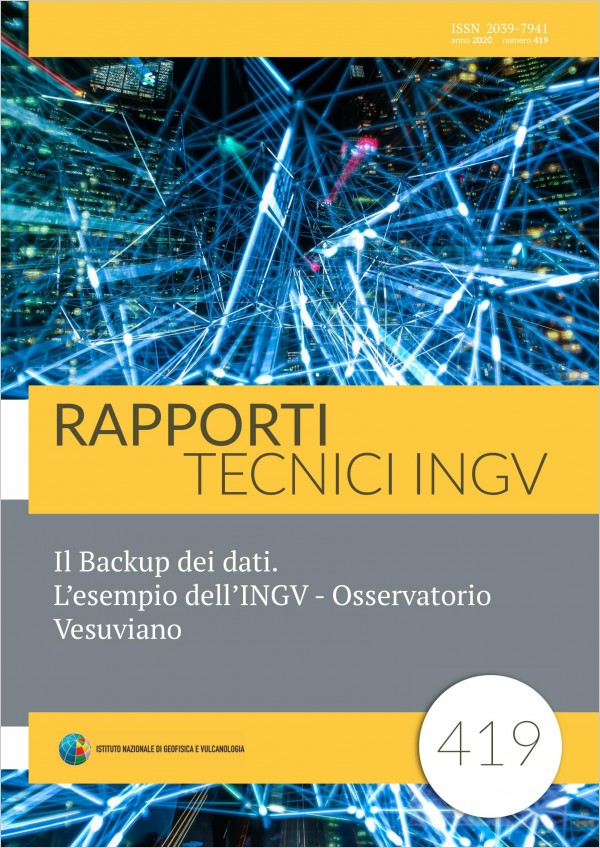One of the main goals of an organization is to prevent data loss as a result of catastrophic events. The measure to be adopted is called “data backup”. It’s a simple concept: make backup copies to prevent data from becoming an unpleasant memory due to hardware, software, fire, electrical problems or other events. If concept is simple, the strategy for saving data is much more complex. Periodic data backup must be part of an efficient “disaster recovery” strategy. Different strategies and technologies are available to implement a correct backup plan. We will briefly analyze the strengths and weaknesses of the main systems available, in order to plan and apply a backup and recovery policy, taking advantage of the data and have it available in the shortest possible latency time. Optimal configuration, costs, backup mediums, reliability and availability are some of the aspects to be carefully evaluated to minimize the risk of data loss. Carrying out a detailed analysis of all aspects is not a simple task. Far from being exhaustive, the aim of this work is to provide a brief overview of backup process main aspects and provide magnitude of costs in economic and technical resources necessary for the data backup plan implementation. Hardware configuration, reliability and availability of the systems, software, types and size of backup will be taken into consideration.
Published: 2021-02-18

